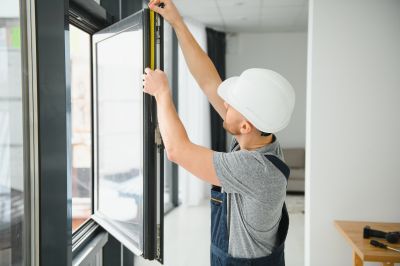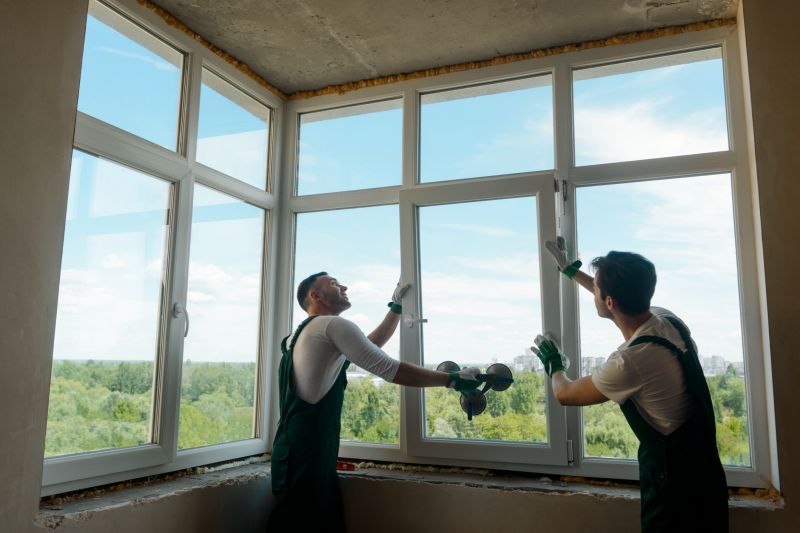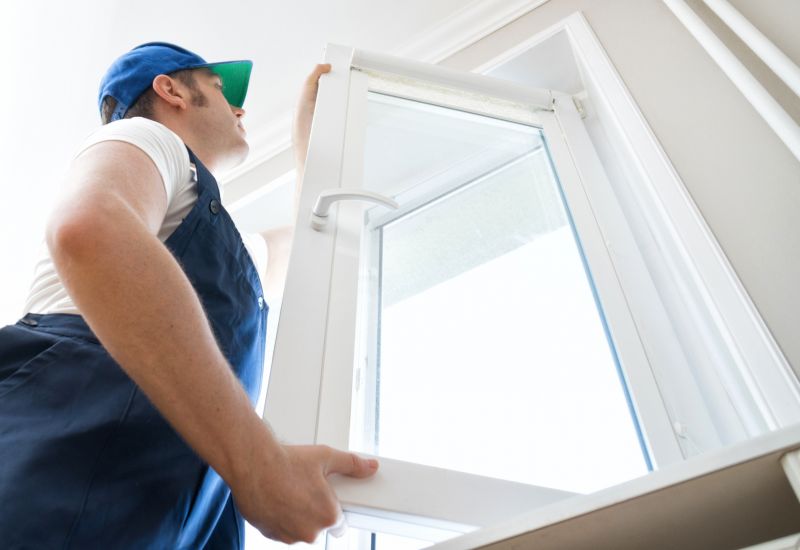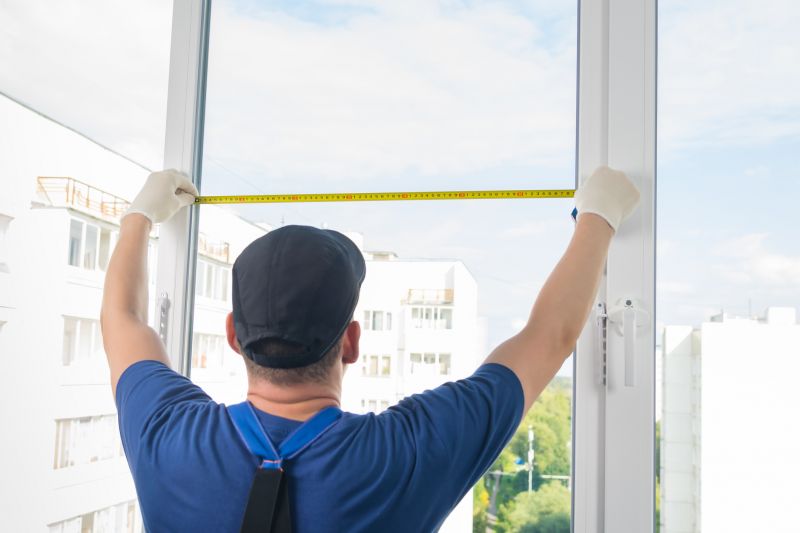Optimal Timing for Windows Installations
Choosing the right time for Windows installations can impact the process's efficiency and success. Factors such as system readiness, workload schedules, and environmental conditions play a role in determining the best period for performing installations.
Performing Windows installations during periods when hardware and software compatibility are optimal ensures smoother setup and fewer issues.
Scheduling installations during planned downtime minimizes disruptions to productivity and allows for dedicated setup time.
Choosing off-peak hours, such as evenings or weekends, can reduce the impact on daily operations and user activity.
Certain seasons may offer better environmental conditions, such as lower humidity or temperature stability, which can be beneficial for hardware-related installations.

Image of a technician installing Windows in a server environment.

Image showing a computer being prepared for Windows installation during off-hours.

Image of hardware components being tested before Windows setup.

Ways to make Windows Installations work in tight or awkward layouts.

Popular materials for Windows Installations and why they hold up over time.

Simple add-ons that improve Windows Installations without blowing the budget.

High-end options that actually feel worth it for Windows Installations.

Finishes and colors that play nicely with Windows Installations.
| Factor | Recommended Timing |
|---|---|
| System Compatibility | When hardware and software are ready and compatible |
| User Availability | During scheduled maintenance or off-peak hours |
| Environmental Conditions | When temperature and humidity are optimal |
| Update Schedules | Align with planned updates and backups |
| Seasonal Factors | During seasons with stable environmental conditions |
Windows installations are a critical component of maintaining and upgrading computer systems. Proper timing can reduce downtime, improve performance, and ensure a smoother transition. Regular updates and installations help maintain security and compatibility with new applications and hardware.
Statistics indicate that scheduling installations during off-peak hours can decrease system downtime by up to 40%. Additionally, planning around hardware readiness and environmental stability contributes to a successful setup process, minimizing technical issues and delays.

Image of a computer screen during Windows setup.

Image showing a technician configuring settings after installation.

Image of a backup process prior to Windows installation.

Image of testing hardware components for compatibility.

A 60-second routine that keeps Windows Installations looking new.

A frequent mistake in Windows Installations and how to dodge it.

Small tweaks to make Windows Installations safer and easier to use.

Lower-waste or water-saving choices for Windows Installations.
Individuals interested in scheduling Windows installations are encouraged to contact for more information. Proper planning and timing can lead to efficient upgrades and minimal disruption to daily operations.


